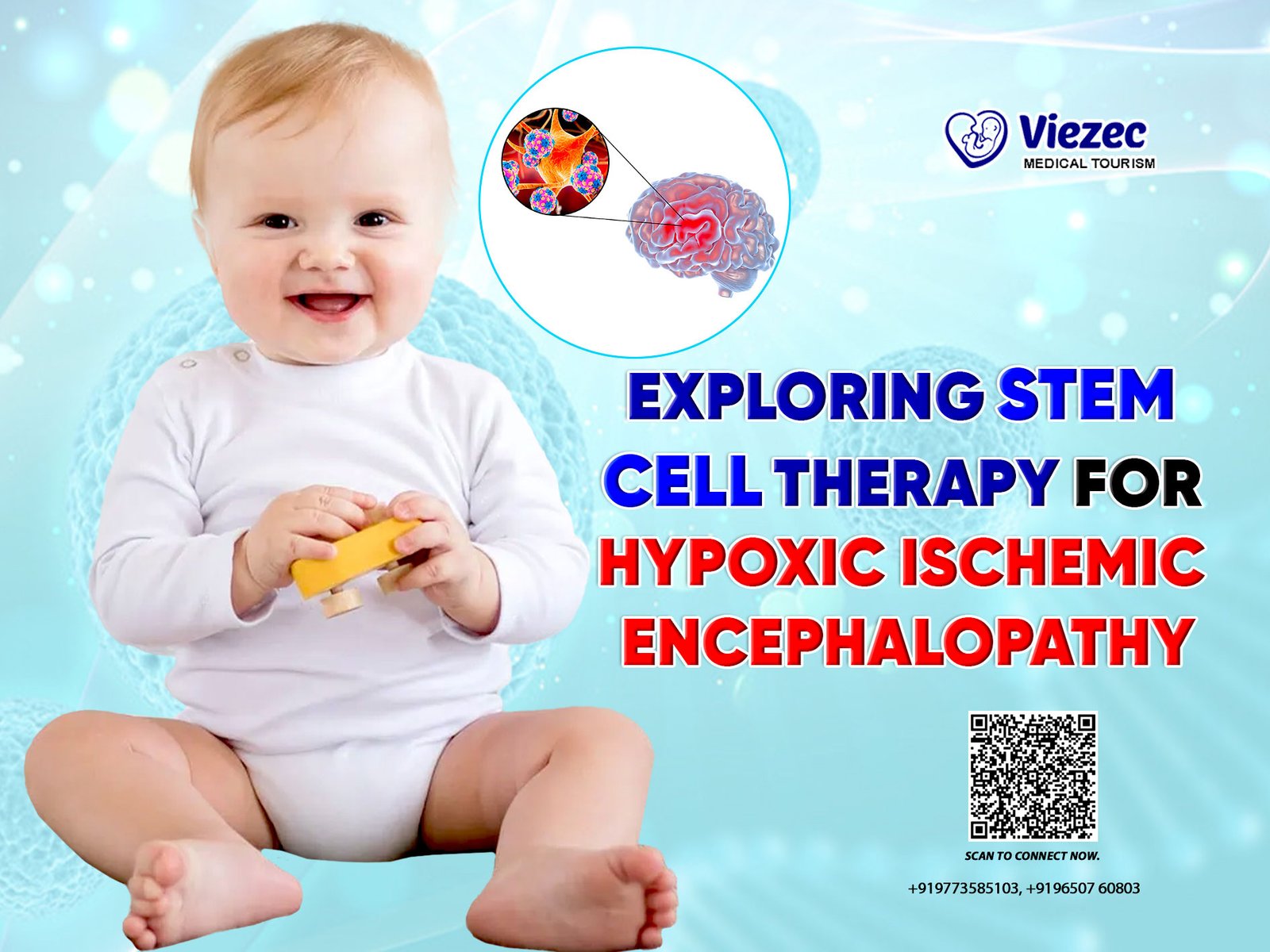Neural stem cells (NSCs) are captivating entities that hold immense potential for revolutionizing our understanding of the brain and its regenerative capabilities. Nestled within the intricate neural landscape, these cells play a pivotal role in both development and repair. This article delves into the intricacies of neural stem cells, unraveling their characteristics, functions, and the groundbreaking implications they hold for neuroscience and regenerative medicine.
Defining Neural Stem Cells
Before delving into the depths of neural stem cells, it’s crucial to establish a comprehensive understanding of their definition. Neural stem cells are a unique class of undifferentiated cells that possess the remarkable ability to self-renew and give rise to various specialized cell types within the nervous system.
Characteristics of Neural Stem Cells
Understanding the characteristics of neural stem cells is fundamental to appreciating their significance in the realm of neurobiology.
Self-Renewal Capacity
One defining feature of neural stem cells is their ability to undergo self-renewal. This implies that these cells can generate identical copies of themselves, ensuring a sustained pool of undifferentiated cells throughout the organism’s life.
Multipotency
Neural stem cells exhibit multipotency, allowing them to differentiate into a diverse array of cell types found in the nervous system. This versatility is instrumental in the formation and maintenance of neural tissues.
Location within the Nervous System
These cells are strategically located in specific regions of the nervous system. The two primary niches for neural stem cells are the subventricular zone (SVZ) in the lateral ventricles of the brain and the subgranular zone (SGZ) in the hippocampus.
Regulation of Neurogenesis
Neural stem cells play a crucial role in neurogenesis—the process of generating new neurons. They respond to various signals and cues in their microenvironment, dictating the pace and extent of neurogenesis.
Types of Neural Stem Cells
The diversity of neural stem cells extends beyond their locations within the nervous system. Understanding the different types of neural stem cells is integral to unraveling their full spectrum of capabilities.
- Radial Glia Cells
Radial glia cells are considered the primary neural stem cells during embryonic development. They serve as guide rails for migrating neurons and contribute significantly to the formation of the neural architecture.
- Adult Neural Stem Cells
In contrast to embryonic neural stem cells, adult neural stem cells persist into adulthood. The subventricular zone (SVZ) and the subgranular zone (SGZ) harbor these cells, contributing to ongoing neurogenesis in specific brain regions.
Significance in Developmental Processes
Neural stem cells play a crucial role in the intricate dance of developmental processes, orchestrating the formation of the nervous system from its embryonic stages to adulthood.
Embryonic Neurogenesis
During embryonic development, neural stem cells undergo extensive proliferation and differentiation, giving rise to the diverse array of cell types that constitute the nervous system. This process lays the foundation for the intricate neural networks that govern sensory and motor functions.
Postnatal Neurogenesis
Contrary to long-standing beliefs, neurogenesis persists into postnatal life, particularly in specific regions like the hippocampus. Neural stem cells contribute to cognitive functions and are implicated in learning and memory processes.
Neural Stem Cells in Disease and Injury
Beyond their role in development, neural stem cells emerge as key players in the response to neurological diseases and injuries.
- Therapeutic Potential for Neurodegenerative Diseases
The regenerative capacity of neural stem cells sparks hope for therapeutic interventions in neurodegenerative diseases. Researchers explore the possibility of harnessing these cells to replace damaged or lost neurons in conditions like Alzheimer’s and Parkinson’s disease.
- Spinal Cord Injury and Neural Stem Cells
The spinal cord, with its limited regenerative capacity, becomes a focal point for studying the potential of neural stem cells in repairing damage caused by injury. Strategies involving neural stem cell transplantation show promise in preclinical studies, offering a glimmer of hope for those affected by spinal cord injuries.
Techniques for Studying Neural Stem Cells
Advancements in technology have paved the way for a deeper understanding of neural stem cells through innovative research techniques.
- Fluorescence-Activated Cell Sorting (FACS)
FACS allows researchers to isolate and purify neural stem cells based on specific molecular markers. This technique facilitates the study of these cells in their purest form, providing insights into their gene expression profiles and functional properties.
- Single-Cell RNA Sequencing
The advent of single-cell RNA sequencing has revolutionized the study of neural stem cells at the molecular level. This high-throughput technique enables the profiling of individual cells, unraveling the heterogeneity within neural stem cell populations.
Challenges and Ethical Considerations
As we delve deeper into the realm of neural stem cells, it is essential to acknowledge the challenges and ethical considerations associated with their study and application.
- Tumorigenic Potential
The propensity of neural stem cells to form tumors poses a significant hurdle in their therapeutic application. Researchers grapple with the challenge of harnessing their regenerative potential without triggering uncontrolled cell growth.
- Ethical Concerns in Stem Cell Research
The ethical landscape surrounding stem cell research, including neural stem cells, remains a topic of ongoing debate. Questions regarding the source of stem cells, the implications of manipulation, and the definition of ethical boundaries continue to shape the ethical framework of this field.
Future Prospects and Emerging Trends
As we celebrate the one-year anniversary of this exploration into neural stem cells, it’s paramount to glimpse into the future and anticipate the emerging trends that will shape the landscape of neural stem cell research.
- CRISPR-Cas9 and Genetic Manipulation
The advent of CRISPR-Cas9 technology has empowered researchers to delve into genetic manipulation with unprecedented precision. This tool holds immense potential for refining our understanding of neural stem cell biology and unlocking novel therapeutic avenues.
- Organoids and 3D Cultures
Organoids and three-dimensional (3D) cell cultures represent a paradigm shift in studying neural stem cells in a more physiologically relevant environment. These advanced models aim to recapitulate the complexity of the human brain, offering a nuanced understanding of neural development and disease.
The journey through the intricate realm of neural stem cells unveils a tapestry of complexity and potential. From their fundamental characteristics to their pivotal roles in development and regeneration, these cells continue to captivate researchers and inspire breakthroughs in neuroscience and regenerative medicine. As we navigate the challenges and ethical considerations, the future promises exciting developments, fueled by cutting-edge technologies and a deeper understanding of the intricacies of neural stem cell biology. The one-year mark serves as a milestone, marking not just the passage of time but a continual journey into the uncharted territories of the brain’s regenerative capacities.









